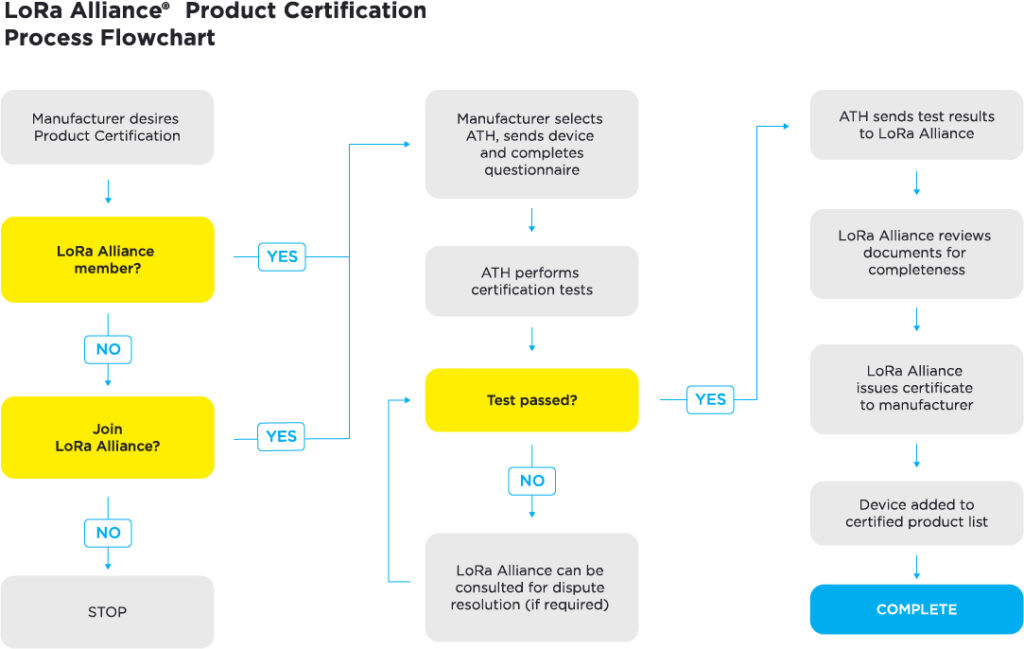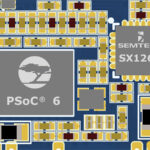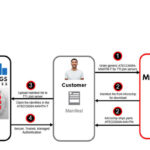The Internet of Things (IoT) is on the upward trajectory and seeing applications in an increasing number of sectors or industries. In these IoT applications, the IoT devices will be installed in remote or hard-to-reach locations and expected to operate for a long time without repair. Because the IoT devices collect and integrate many different data sets for analytics, interoperability is also crucial. Therefore, there is a significant demand for the energy efficiency, long-range connectivity, and interoperability of the IoT devices.
Similar to the LTE (long-term evolution) technology, LoRaWAN aims to support IoT through low-power devices with extensive connectivity. LoRaWAN (long-range) is a low-power, radio frequency technology for a wireless local-area network (LAN) in the category of low-power wide-area (LPWA) network technology. In addition, LoRaWAN is a network protocol using LoRaWAN.
Because LoRaWAN technology offers high power efficiency and long-range data transmission, it is an effective technology for the Internet of Things (IoT) devices. Also, ensuring that the LoRaWAN devices are interoperable with other components of IoT will be necessary.

Why do devices need to be LoRaWAN certified?
The interoperability of all LoRaWAN products and technologies are usually certified by the LoRa Alliance, which is an open, non-profit association that aims to support the adoption of secure, carrier-grade IoT LPWAN connectivity. LoRaWAN is being used by major mobile networks globally and likely to continue to expand.
Supporting and promoting the global adoption of the LoRaWAN standard by ensuring interoperability of all LoRaWAN products and technologies will help enable the IoT to deliver a sustainable future.
How are LoRaWAN devices certified
The certification process of LoRaWAN devices involves multiple steps. First, the company that has developed the LoRaWAN device needs to register, sign a Non-Disclosing Agreement (NDA) and a Certificate Agreement (CA), and provide Certificate of Insurance (COI). Then, the company needs to submit documentation on the device, including its FCC grant, GCF grant, user guide, references, and troubleshooting guides. Also, the company needs to select a certification lab and turn in related documents. In addition, the company needs to submit paperwork to a mobile carrier.
After sending the LoRaWAN sample device to a test house (or lab) in the U.S., Western Europe, or Asia that has been authorized by the LoRa Alliance, it will take about a week for the company to get the test results. The certification test will cover conformance, interoperability, and RF testing of a product.
Passing results will get the company an Open Development Certification letter to run its device on the network carrier. Then, the company can activate the device and upload the unique device identifiers to the carrier’s database to finalize the certification.
Even when the LoRaWAN product passes in the first try, the company has to handle much paperwork and coordinates with several internal and external organizations, not to mention paying for the test. However, the real pain starts when the LoRaWAN product fails in the test house. The company needs to consult with LoRa Alliance to reach a resolution, not knowing how long the mediation may take.
To avoid the hassle, a company can purchase pre-certified LoRaWAN modules. This way, the company can skip the paperwork or any additional problem with failing the test, while knowing that the device it purchases is good to go.





Leave a Reply